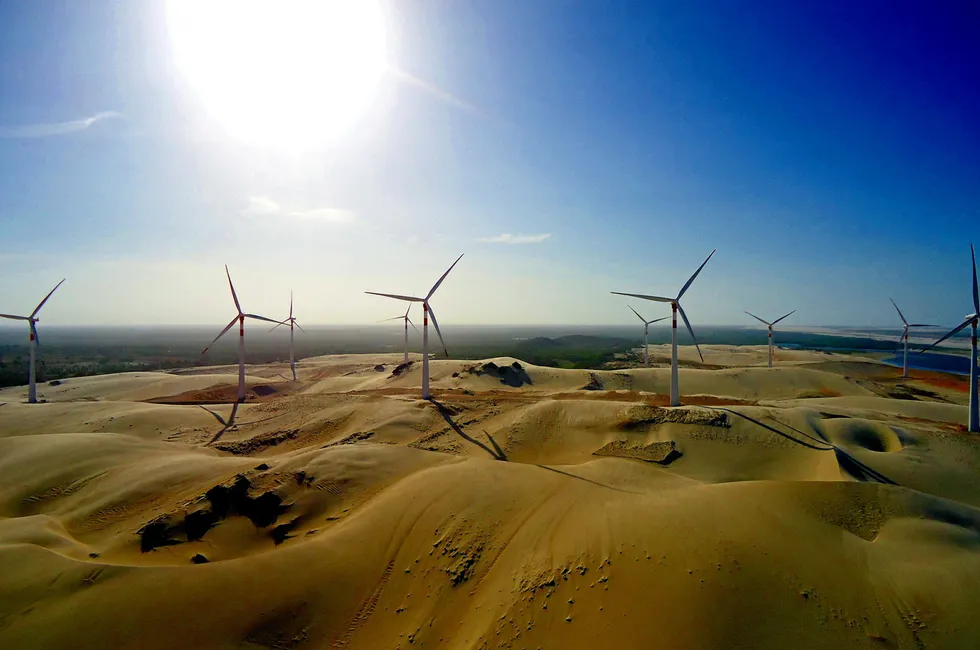Brazilian green steel? Scandinavian metals firms look to harness renewable H2 from tropical sun and winds
H2 Green Steel and Norsk Hydro join forces to produce clean hydrogen in South American nation

Swedish start-up H2 Green Steel and Norwegian aluminium/energy giant Norsk Hydro have teamed up to explore Brazil’s potential for green hydrogen production, with the intention of building and operating a project that will supply renewable H2 for green steel production — either in Brazil or abroad.
With electrolysers powered by Brazil’s plentiful solar and wind resources, H2 Green Steel and Norsk Hydro’s green-hydrogen arm, Hydro Havrand, hope to produce enough green hydrogen to deliver up to five million tonnes per year of green steel made using H2-derived direct-reduced iron (DRI), also known as sponge iron.
H2 Green Steel said it would be one of the project’s offtakers, if it is realised. However the company declined to comment on whether it is planning to build a new steel facility in Brazil, or whether it plans to export hydrogen or hydrogen-derived products abroad.
Hydrogen: hype, hope and the hard truths around its role in the energy transition
In green steel production, hydrogen replaces the use of fossil fuels as the reducing agent to extract iron from ore, dramatically reducing emissions.
H2 Green Steel may find local offtakers for its green hydrogen, sponge iron or HBI, as Brazil is the world’s ninth-largest steel producer.
Hybrid renewables
Brazil benefits from a combination of high solar irradiation and strong wind speeds, especially in the east of the country, where average solar irradiation levels are more than 2MWh per square metre and average wind speeds top 10 metres per second. As the wind tends to pick up at night when solar irradiation is at its lowest, electrolysers powered by hybrid wind and solar systems can be run for longer hours and much more cheaply than when powered with either wind or PV alone.
Another Norsk Hydro subsidiary, Hydro Rein, already has a renewables presence in the country. Earlier this year, it signed a joint venture with investment giant Macquarie, with the intention of building and operating a 586MW solar and wind hybrid project in the northeastern states of states of Piauí and Pernambuco.
“In pursuing these opportunities, Hydro Havrand can draw on its energy capabilities as part of Hydro, including Hydro Energy Markets and Hydro Rein, to enable competitive power cost,” Hydro Havrand, said in a statement.
Meanwhile, the two companies are also exploring the potential for a large-scale green hydrogen production facility in Scandinavia.